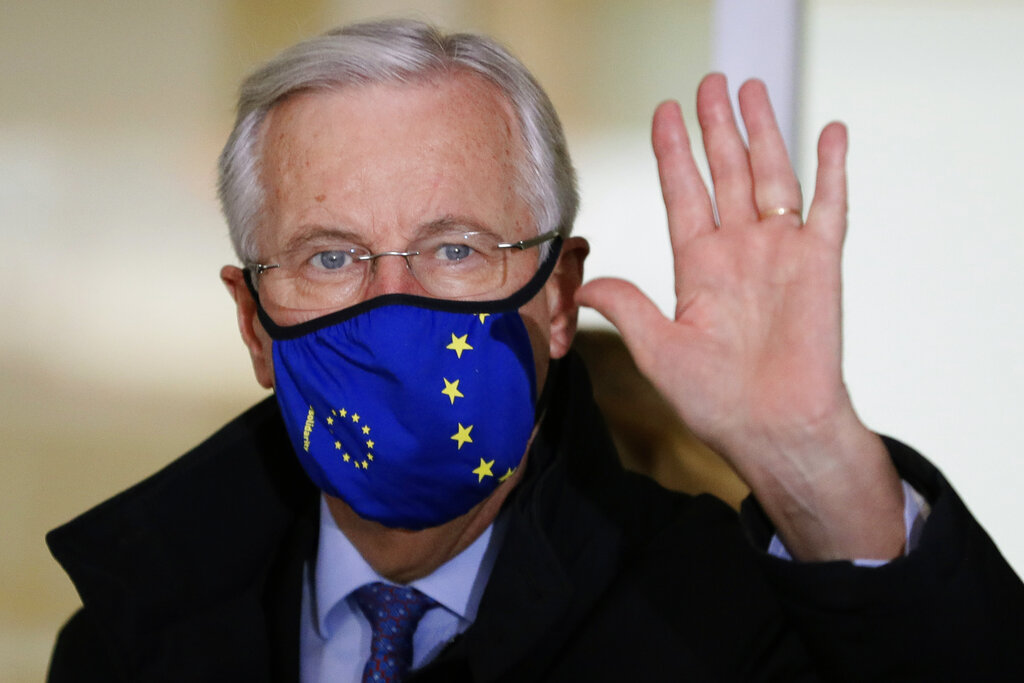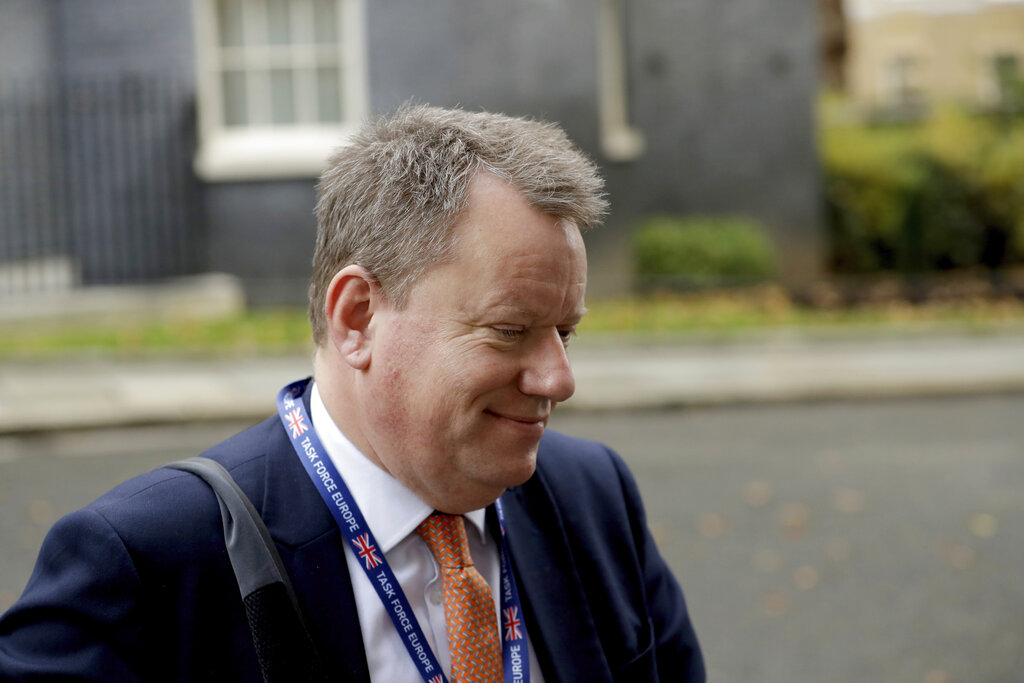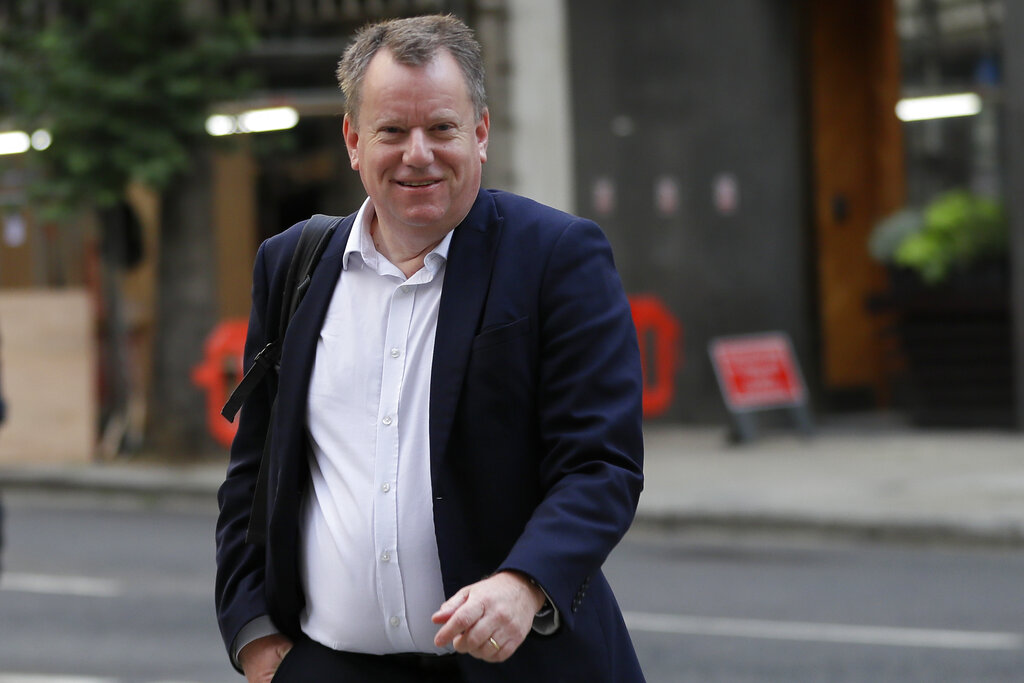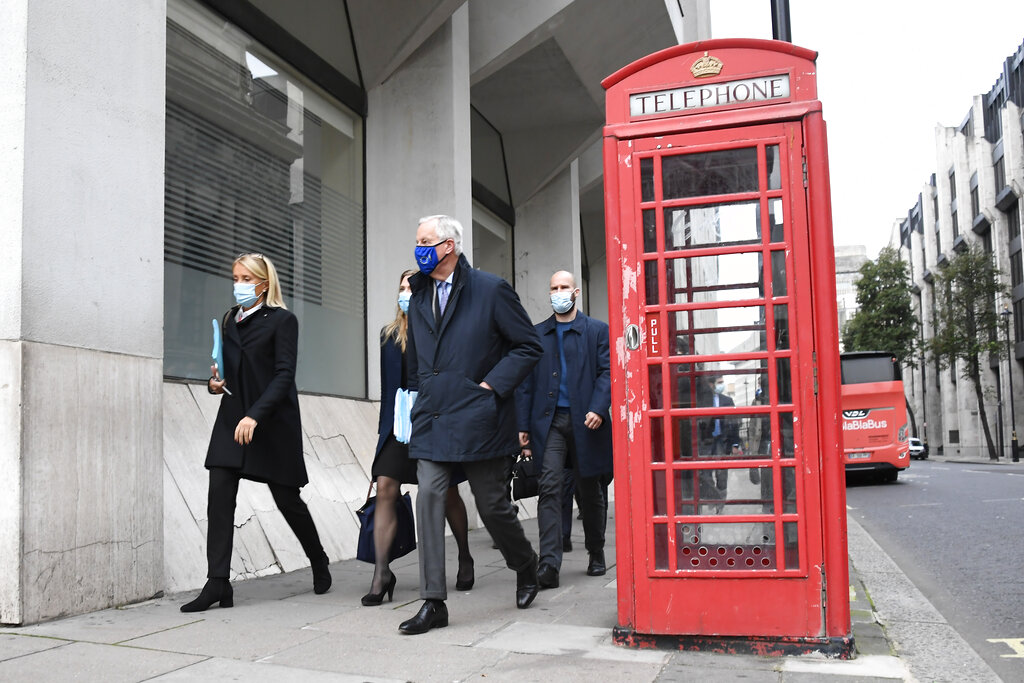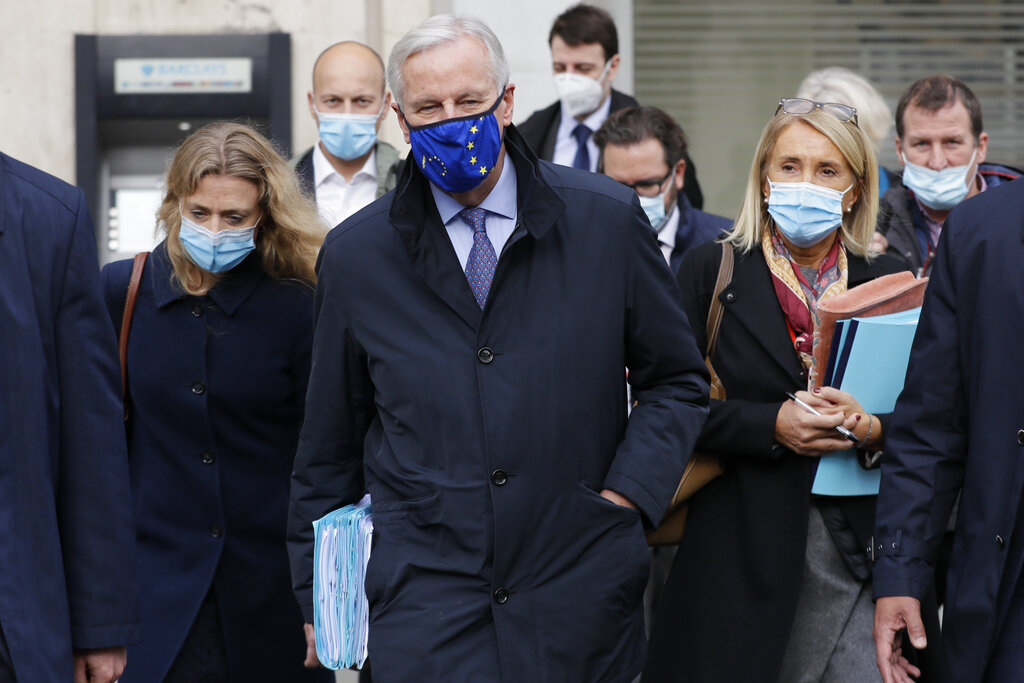Brexit: lo spettro del no-deal
A 3 giorni dalla fine di ottobre, ultima scadenza possibile, tra Unione Europea e Regno Unito non c’è ancora consenso su come separarsi dal 1° gennaio 2021. Senza un accordo di libero scambio globale che regoli i rapporti (commerciali e non solo), ci sarà il famoso “no-deal”, la separazione brusca, con conseguenze imprevedibili e traumatiche sulle economie, sullo status dei rispettivi cittadini, sul martoriato confine tra Irlanda e Ulster. Il capo negoziatore dell’UE Michel Barnier è a Londra, a colloquio col suo omologo inglese David Frost, per un ultimo tentativo di raggiungere l’intesa.
